As Knowledge Demands Change, Curriculum Must Change
Changing knowledge demands in education should be scrutinized with at least as much as enthusiasm as we muster for Netflix or food or sports.
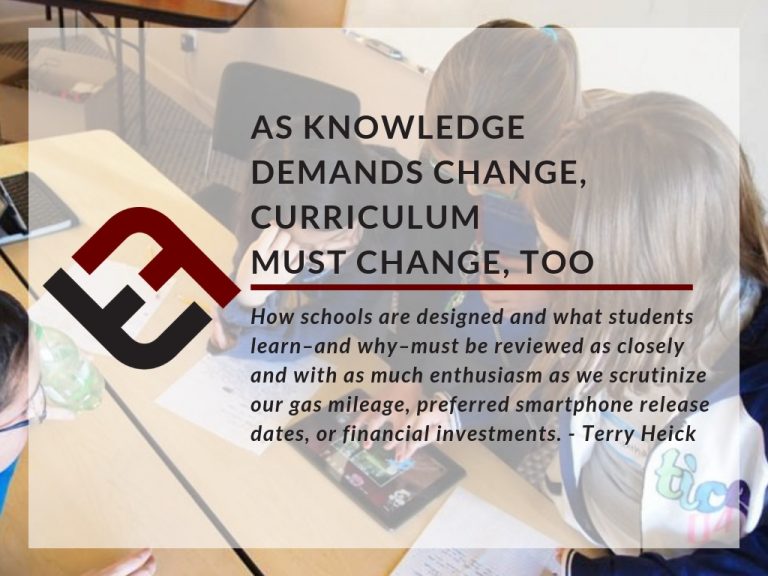
Changing knowledge demands in education should be scrutinized with at least as much as enthusiasm as we muster for Netflix or food or sports.
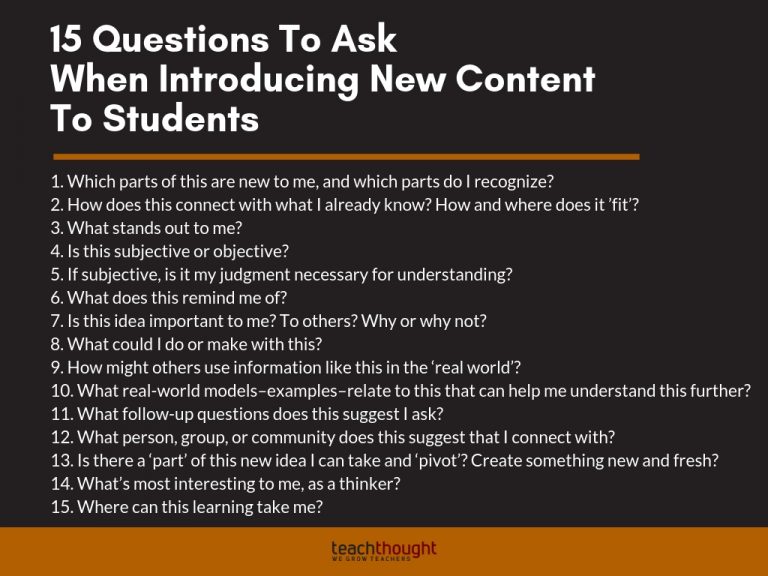
When introducing students to new content, the right questions and language can help disarm uncertainty and encourage a growth mindset.
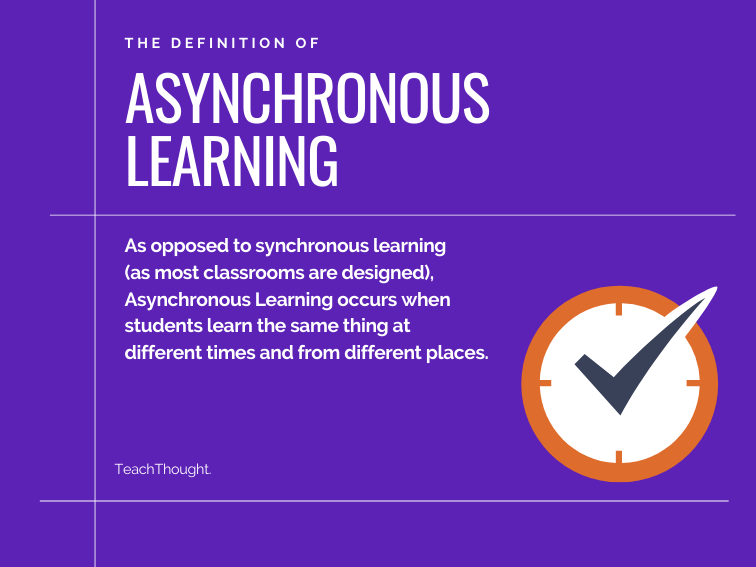
Synchronous learning is like network television while asynchronous learning is like Netflix.
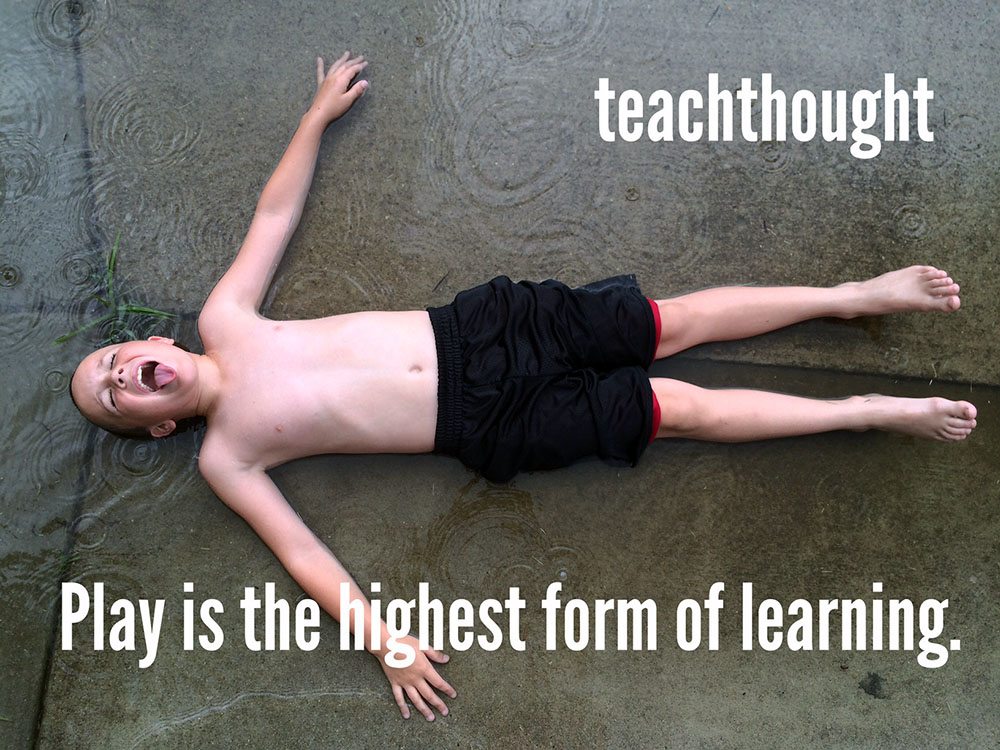
Saying you’ve ‘seen homeschooling’ is like saying you’ve seen salad or photographs or the internet. Homeschooled in what way? Learning what and how?
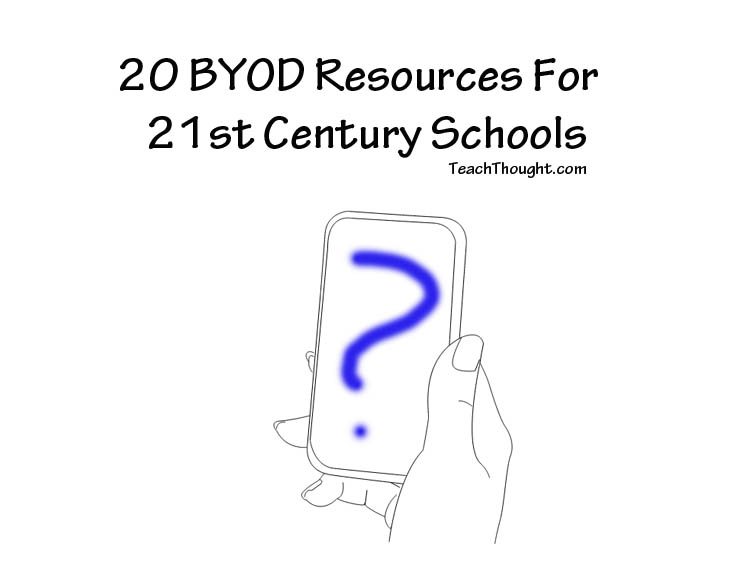
When you let students bring unique devices into a once closed tech setting, chaos can ensue. Here are BYOD resources to help get you started.
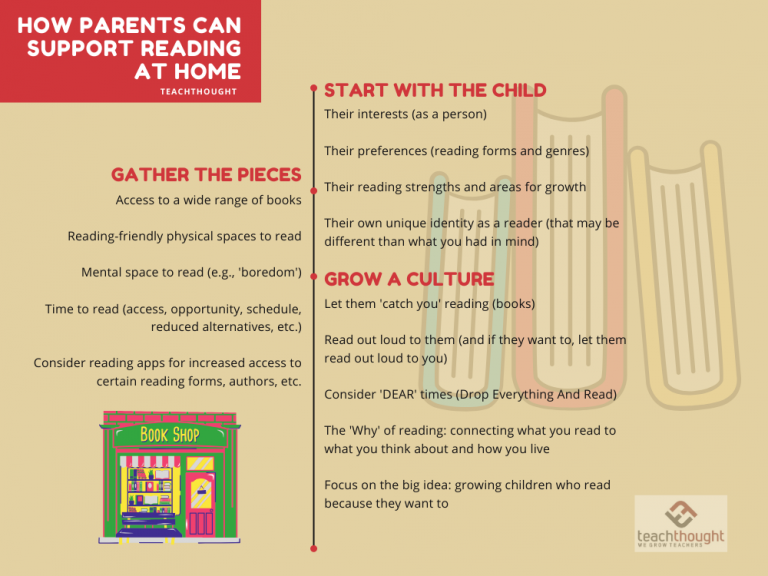
Whether parents should schedule reading at home depends on many factors–including how you ‘frame’ reading and how they respond.
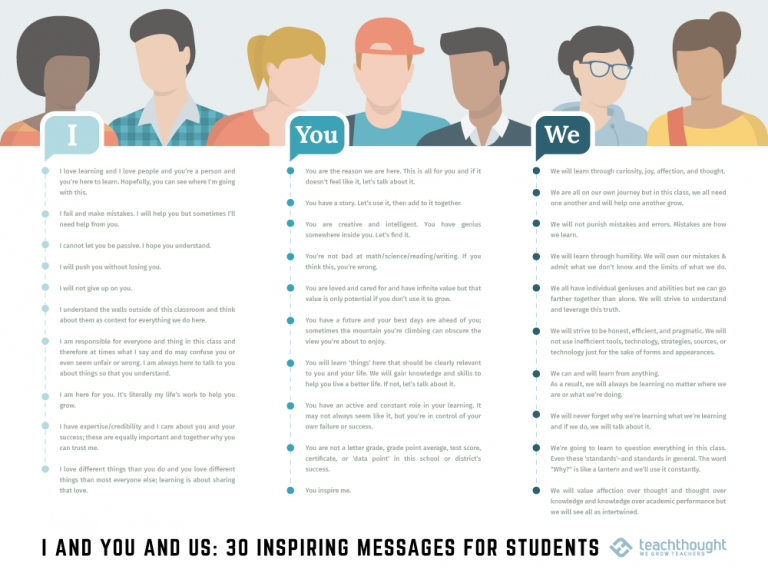
I am responsible for everyone and thing in this class and therefore at times what I say and do may confuse you or even seem unfair or wrong.
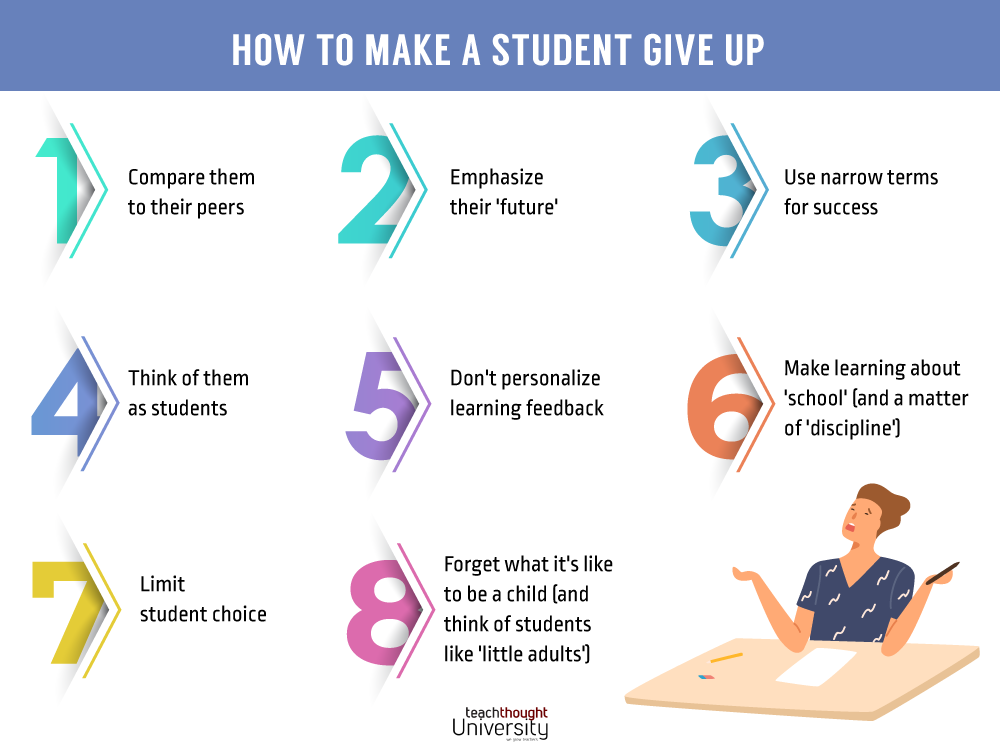
If you want a child to give up, constantly emphasize their shortcomings and let them know you’re doing so for their own good.
After the teachers disappeared, students knew that if they were too rowdy someone would notice, so they kept the noise to a minimum.
Amazon has 800-word reviews on exercise machines, but the best we can do to evaluate the quality of learning is to ‘hear’ a school is ‘good.’

Want to help us beta test TeachThought Groups? If want to grow, you might find this opportunity worth a few minutes of your time.
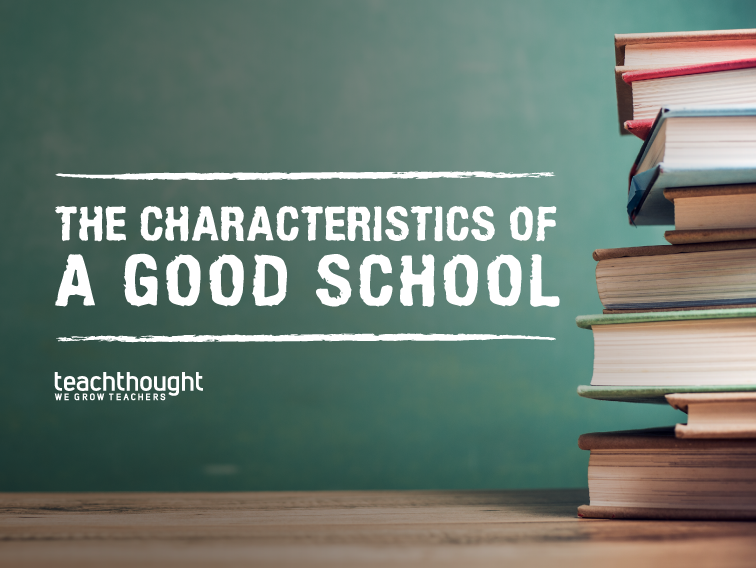
A good school decenters itself–makes its curriculum, policies, and other ‘pieces’ less visible than students and hope and growth.